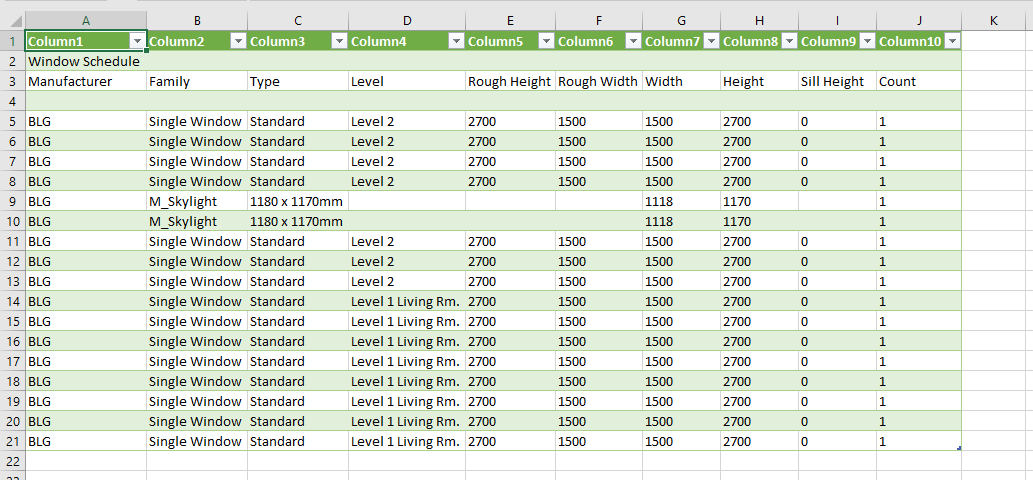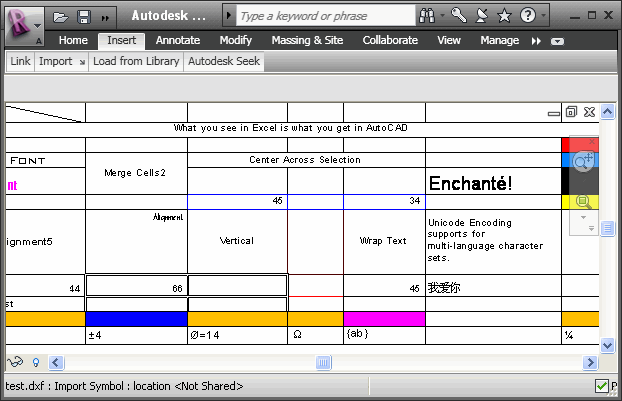Unlocking New Capabilities: Enhance Revit Tools with the Right Plugins
Wiki Article
Revit Excel Assimilation Demystified: Enhancing Process for Improved Project Control
Look no even more, since Revit Excel Integration is here to demystify the procedure and enhance your projects. In this write-up, we will assist you through the significance of Revit Excel Combination, reveal you how to enhance process, and provide finest methods for successful integration.The Relevance of Revit Excel Combination
You need to recognize the importance of Revit Excel assimilation to efficiently simplify your process and enhance job control. The integration of Revit, a powerful structure information modeling (BIM) software program, with Excel, an extensively made use of spreadsheet program, offers countless advantages for designers, engineers, and building and construction specialists.

By incorporating Revit with Excel, you can remove manual data entrance and reduce the danger of errors. This not just saves time however likewise guarantees accuracy in your project documents. You can upgrade information in Excel, and it will automatically update in Revit, preserving uniformity throughout your task.
Furthermore, Revit Excel integration boosts task control by making it possible for efficient cooperation among staff member. With information integrated between Revit and Excel, everyone can access the most up-to-date info and work with each other flawlessly. This advertises smoother interaction, reduces disputes, and enhances total project performance.
How to Enhance Workflows With Revit Excel Assimilation
Enhance your procedure by seamlessly linking Revit and Excel to enhance your process. By incorporating these 2 effective tools, you can enhance project sychronisation and boost efficiency in your work. With Revit Excel combination, you can quickly move data between both systems, permitting smooth communication and partnership.

One more benefit of Revit Excel assimilation is the capacity to produce custom records and examine information better. With Excel's durable functions, you can carry out sophisticated computations, produce graphs and charts, and create detailed reports based on the data from your Revit versions. This permits you to acquire beneficial insights and make notified decisions throughout the task.
Enhancing Task Sychronisation With Revit Excel Combination
By effortlessly attaching your design software program with effective data analysis devices, you can considerably boost the coordination of your tasks. Revit Excel combination enables you to streamline your process and improve project control by eliminating hand-operated information access and decreasing errors. With this combination, you can quickly transfer information between Revit and Excel, making certain that all job information is up to date and exact.Among the key advantages of Revit Excel assimilation is the ability to import and export information between both software program flawlessly. This indicates that you can easily import existing job data from Excel right into Revit, conserving you effort and time in re-entering info. Similarly, you can export task information from Revit to Excel, enabling you to do advanced evaluation and estimations making use of the effective features of Excel.
Furthermore, Revit Excel combination allows you to produce dynamic links in between the 2 software application (revit tools). This suggests that any type of changes made in Revit will instantly update in Excel, and vice versa. This ensures that all job stakeholders are dealing with the most current information, enhancing job coordination and reducing the danger of mistakes
Overcoming Obstacles in Revit Excel Integration
When overcoming obstacles in the integration of Revit and Excel, it is essential to ensure smooth data transfer and reduce errors. One common obstacle is the compatibility of information formats between Revit and Excel. To tackle this, you can use plugins or add-ins that help with the conversion of information from one layout to one more. These devices help keep the stability of the information throughout the transfer procedure.An additional obstacle is the lack of synchronization between Revit and Excel. It's vital to develop a clear operations that makes certain both systems are upgraded in real-time. This can be achieved by utilizing cloud-based collaboration devices or developing a system for normal information syncing.
Taking care of large datasets can likewise be bothersome. Revit and Excel have various abilities when it pertains to handling huge quantities of information. To conquer this obstacle, you can split the data right into smaller sized, convenient portions or use information filtering techniques to concentrate on certain locations of passion.
Last but not least, human mistake can bring about discrepancies between Revit and Excel information. It is essential to educate staff member on the assimilation process and develop high quality control actions to capture any type of errors. Regular audits and cross-checks can help identify and fix any kind of variances.
Finest Practices for Successful Revit Excel Integration
To guarantee successful combination of Revit and Excel, it's essential to follow some finest techniques that will aid enhance your workflow and minimize errors. In addition, when linking Excel data into Revit, make sure that the information is free and tidy from any kind of formatting issues that might cause mistakes.An additional vital method is to routinely update your Excel data in Revit. This can be quickly attained by establishing a clear process for updating the linked information. Make it a practice to assess and upgrade the data at regular intervals, particularly when adjustments are made to the task. This will certainly help keep your data precise and approximately day.

Conclusion
So, there you have it - revit Excel integration does not have to be a daunting job. By simplifying your workflows with this powerful mix, you can boost project control and accomplish higher efficiency. Remember to get over any type of challenges that might occur and adhere to finest practices for effective combination. With revit Excel combination demystified, you'll be well on your means to making the most of the capacity of these devices and taking your tasks to new heights.You can export your Revit timetables to Excel, make modifications or updates in Excel, and after that import the upgraded data back right into Revit with just a couple of clicks. Revit Excel integration permits you to enhance your operations and enhance project sychronisation by eliminating hand-operated data access and decreasing mistakes. With this combination, you can conveniently transfer information between Revit and Excel, making sure that all job details is up to date and exact.
You can export project information from Revit to Excel, revit tool allowing you to do advanced evaluation and estimations utilizing the effective features of Excel.
Additionally, when connecting Excel data into Revit, make certain that the data is cost-free and clean from any kind of formatting problems that can cause mistakes.
Report this wiki page